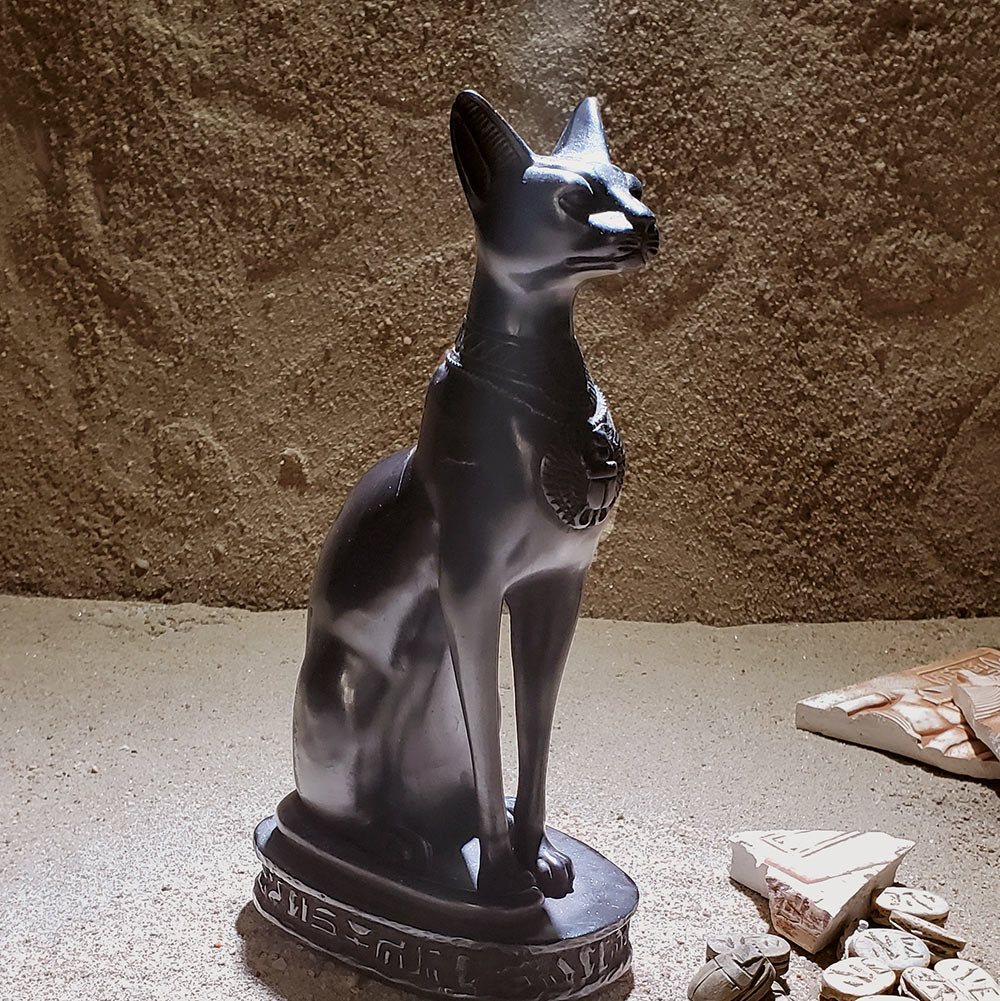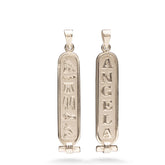The Timeless Allure of Queen Nefertiti
The Art and Craft of Ancient Egyptian Pottery
Visiting the National Museum of Egyptian Civilization
Ram-Headed Majesty: Understanding the Egyptian God Khnum
Egyptian Ankh: A symbol representing life, immortality, and the divine
Egyptian History: Ancient Egyptian Music and Instruments
Crafting Timeless Beauty: The Art of Carving Egyptian Alabaster















